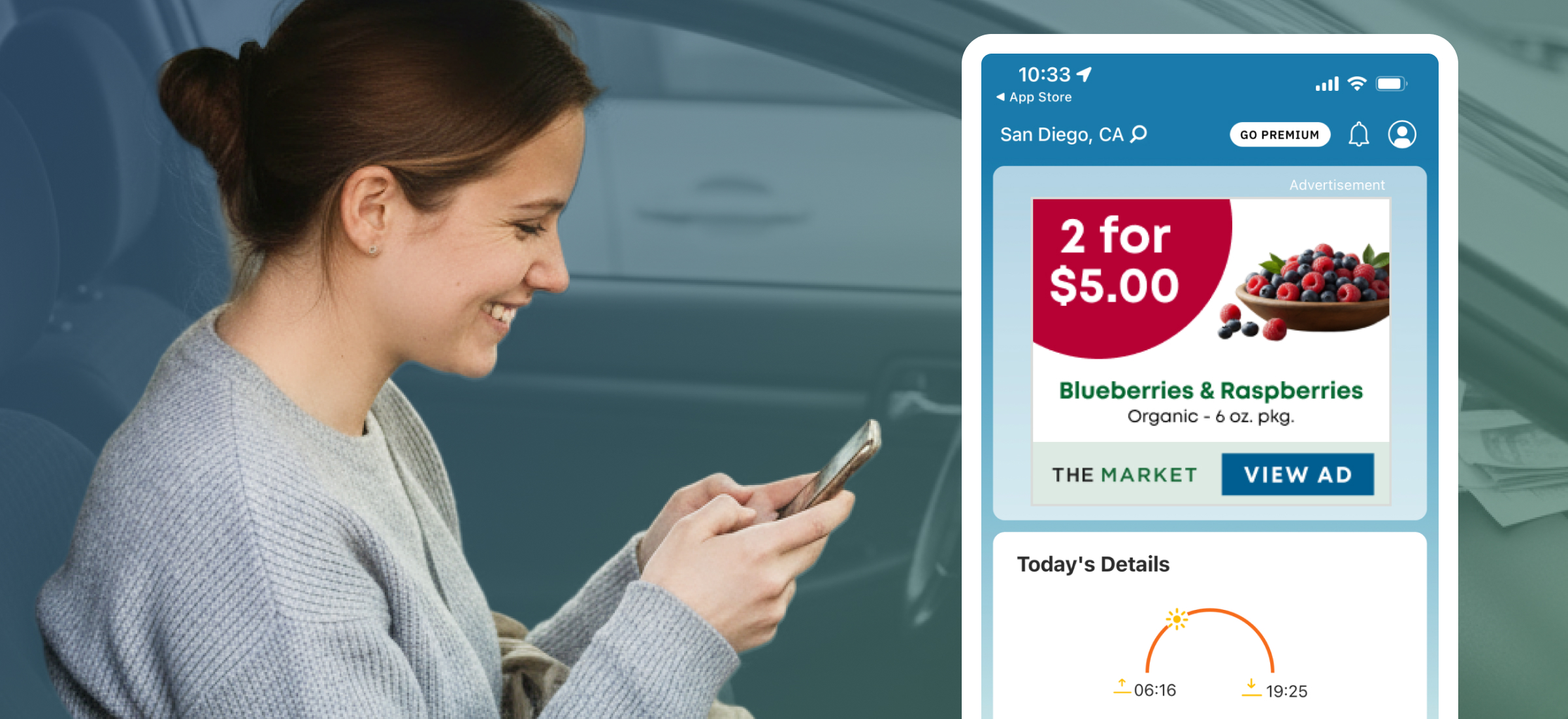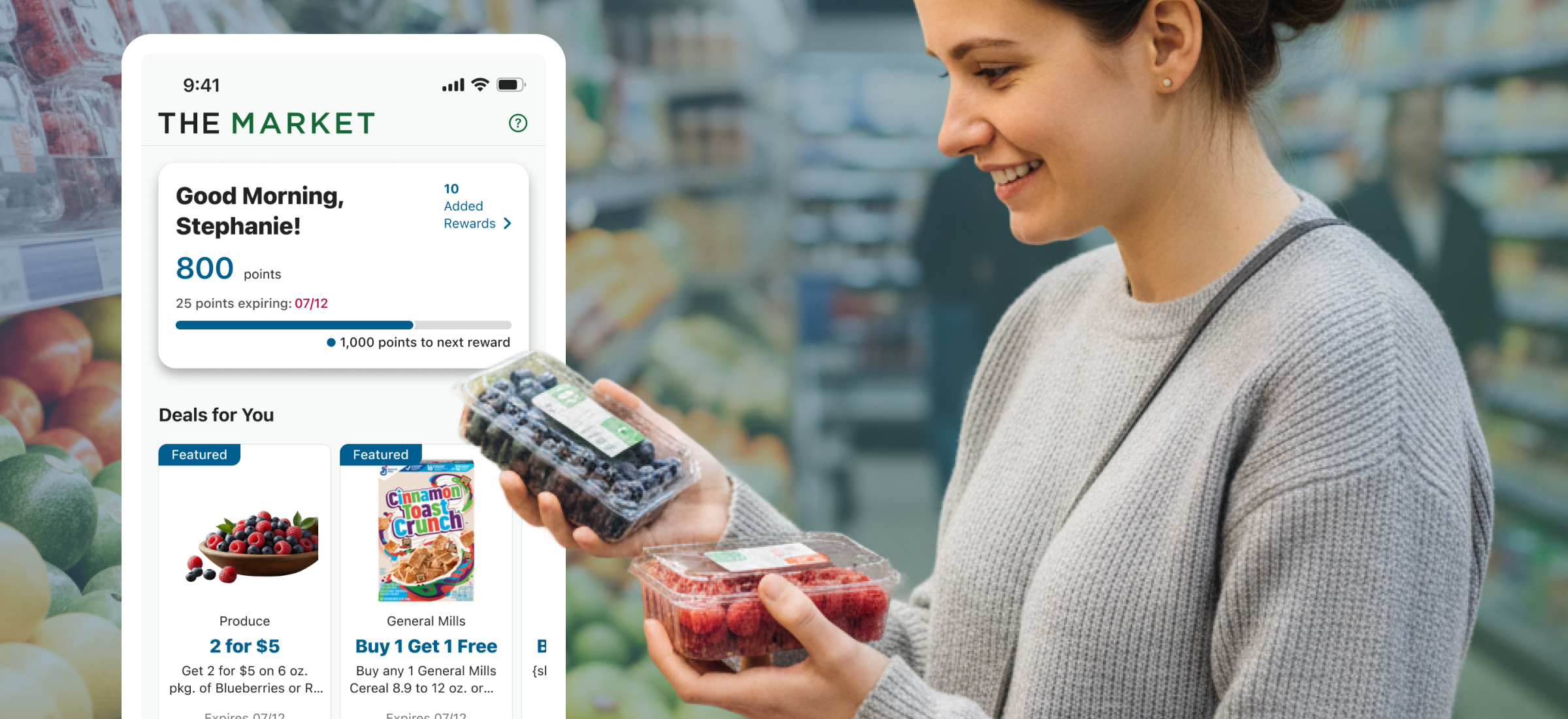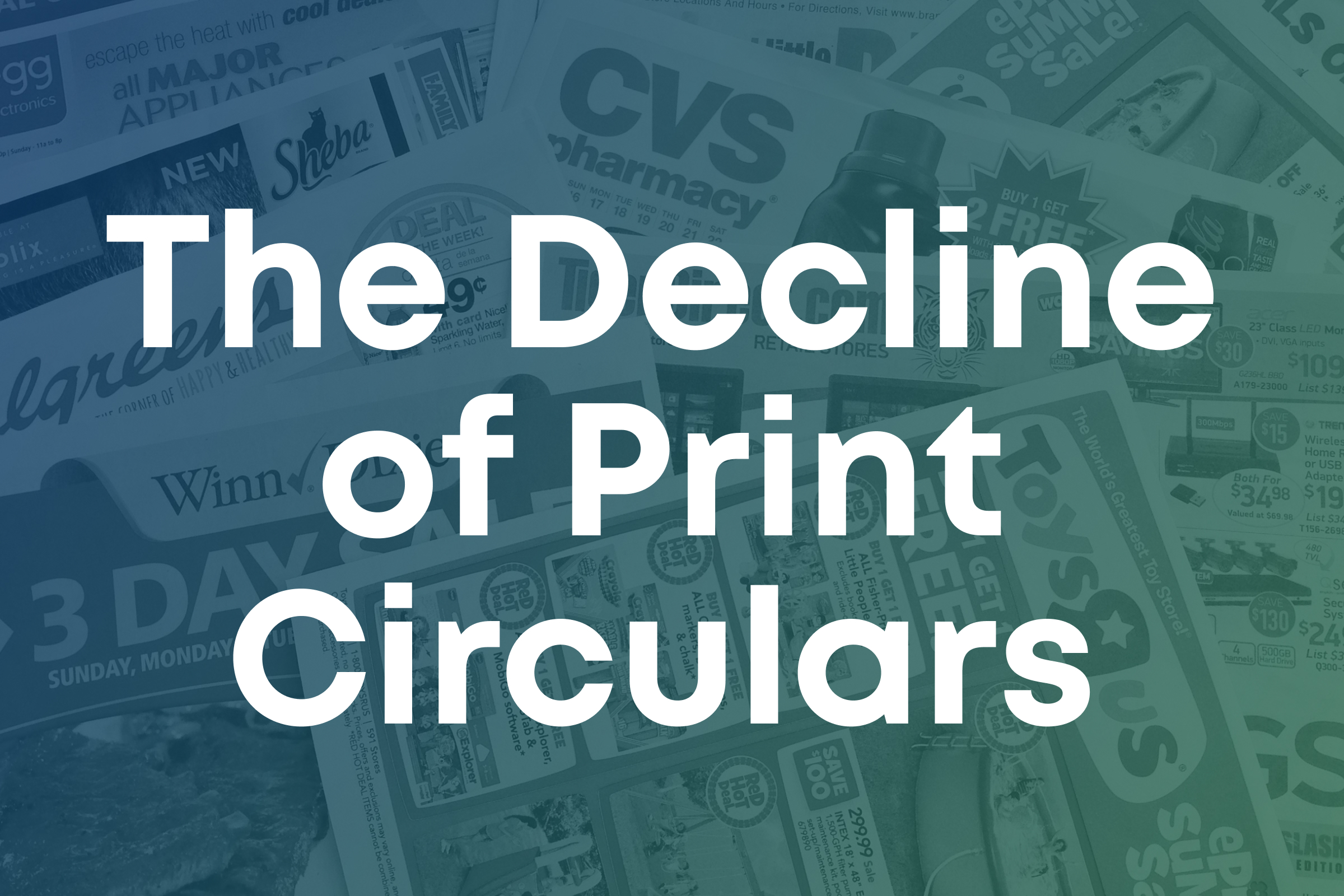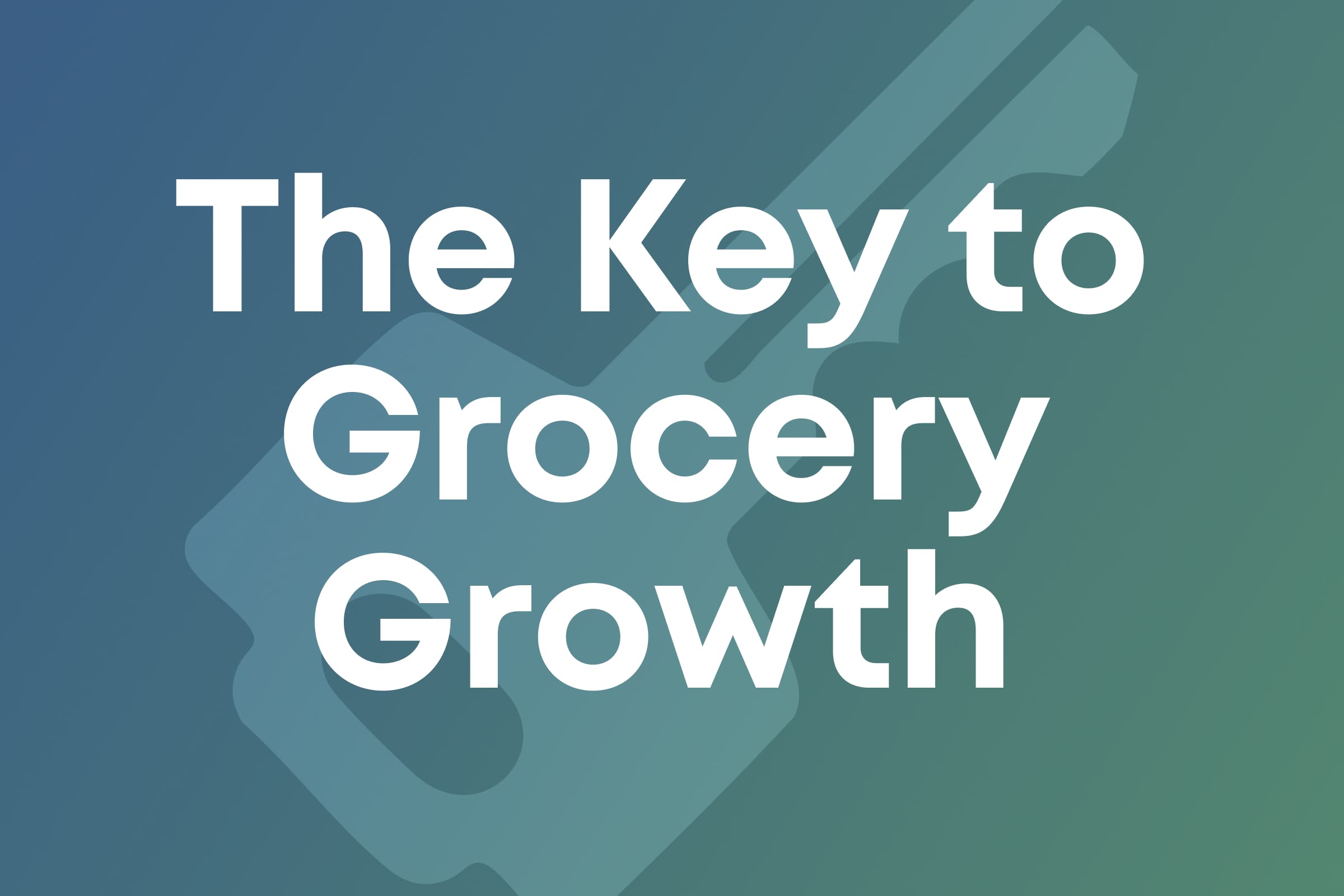The Future of Grocery Is Personal: How Swiftly Is Helping Grocers Compete and Win
Sean Turner
The future of grocery will be defined by personalization.
Shoppers no longer see tailored offers or relevant recommendations as a perk — they expect them. Whether it’s a digital circular, loyalty reward, or in-app promotion, consumers now demand experiences that anticipate their needs, reflect their preferences, and connect seamlessly across channels.
Until recently, this level of personalization was achievable only for national chains with billion-dollar technology investments. But that’s beginning to change. The next wave of innovation is about making personalization accessible, measurable, and scalable for all grocers — empowering regional and independent retailers to compete head-to-head with retail giants.
We sat down with Sean Turner, CTO and Co-Founder of Swiftly, to discuss how technology is making that possible, what personalization really means for modern grocery retailers, and how local grocers can leverage data-driven tools to build loyalty and drive growth — without billion-dollar budgets.
Q: What’s driving this new wave of digital transformation in grocery?
ST: The grocery industry isn’t dying—it’s digitizing. Shopper expectations have fundamentally changed. Consumers are used to personalized experiences everywhere they shop, from Amazon to Netflix, and they expect that same level of relevance when buying groceries.
For grocers, the challenge is clear: to win the next generation of shoppers, you have to know them, engage them, and meet them wherever they are—online, in-app, and in-store. That’s why digital transformation is no longer optional—it’s the foundation of growth.
Q: Why has personalization become so important to today’s grocery shopper?
ST: Personalization is the new loyalty card. Shoppers no longer respond to one-size-fits-all promotions—shoppers know everything from their Amazon homepage to their social media feeds are personalized to their own interests. They expect the same immediate relevance from their grocer. They want deals that fit their habits, not generic discounts that clutter their inbox. When grocers deliver those kinds of meaningful, personalized experiences, they earn not just trips—but trust.
For example, we’ve seen shoppers engage up to three times more often with personalized digital circular ads (DCAs) than with standard promotions. When retailers use Audience Optimizer™ to tap into their first-party shopper data, they’re serving the most relevant content and offers shoppers see online — keeping engagement and loyalty where it belongs: with the local grocer, not a third-party marketplace.

Q: What challenges are regional and independent grocers facing when it comes to digital competition?
ST: The reality is that national retailers like Amazon, Walmart, and Kroger have invested billions into loyalty programs, eCommerce, and retail media. Meanwhile, many regional and independent grocers are still relying on traditional circulars or disconnected point solutions. They often don’t have the tech resources or budgets to compete at that level.
That’s created a digital divide—one where large retailers capture brand dollars and data while smaller grocers are left behind. Swiftly was built to close that gap.
Q: How is Swiftly helping grocers close that digital gap?
ST: Swiftly levels the playing field by giving independent and regional grocers the same enterprise-grade tools as the retail giants—without the complexity or cost. Our platform unifies the entire shopper experience: app, web, loyalty, offers, retail media, and measurement.
Grocers can deliver personalized promotions, connect suppliers with in-store shoppers, and prove real ROI through closed-loop reporting. With Swiftly, even single-store operators can modernize fast and start competing in ways that were once impossible.

Q: How does data play into all of this? Are grocers really using it effectively?
ST: Most grocers already have valuable shopper data—they just haven’t had the tools to use it. Many retailers keep valuable data about their shopper stored in their POS or loyalty programs but have not been able to harness that data to power personalized experiences for shoppers. Swiftly’s digital platform unlocks the power of that data.
With Audience Optimizer™, retailers can extend the power of that data beyond their own website and app and reach the right shopper, at the right time, with the right message—and measure what sales are truly incremental. That’s what makes data powerful: when it drives real, measurable results and helps retailers and brands understand what’s actually working.
Q: Can you share how this personalization translates into real business results?
ST: Absolutely. Grocers on the Swiftly platform are seeing measurable impact across the board.
We’ve seen average incremental ROAS (iROAS) in the $25–$35 range, 13% increases in loyalty sign-ups, and higher basket values through personalized cashback programs. What’s exciting is that modernization doesn’t require a massive budget—it just requires the right technology and a partner who understands the grocery industry.

Q: Looking ahead, what does the future of grocery look like?
ST: The future of grocery will be defined by personalization and connection. Local grocers have always had the loyalty and community trust—technology is simply amplifying that advantage.
We’re entering an era where every digital touchpoint, from circulars to in-app offers, can be personalized in real time. The retailers that personalize every interaction are already seeing measurable gains in engagement, loyalty, and incremental sales — proof that personalization isn’t just possible; it’s profitable.
And it’s the regional and independent grocers who move fastest on digital transformation that will win. At Swiftly, our mission is to ensure those grocers don’t just survive the digital shift—they lead it.
Final Thought
Personalization isn’t the future—it’s the present. For grocers, the opportunity is now. With the right technology, they can turn data into loyalty, loyalty into revenue, and every trip into a personalized experience that keeps shoppers coming back.




